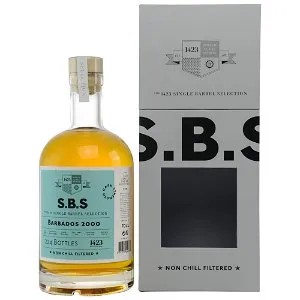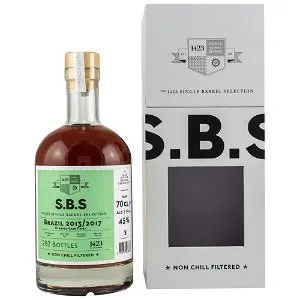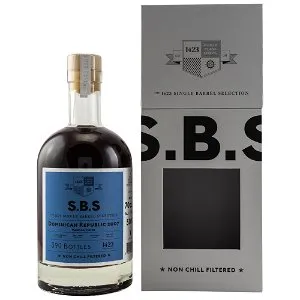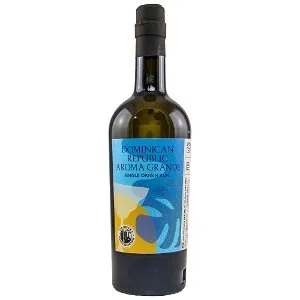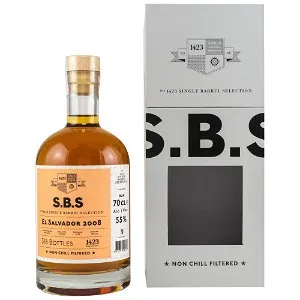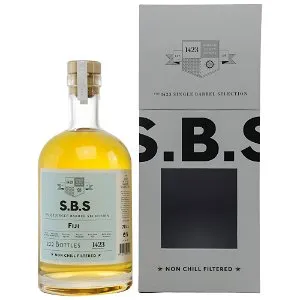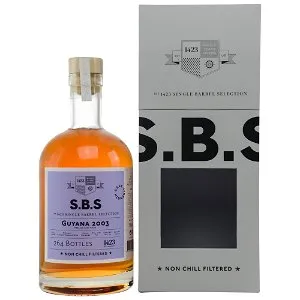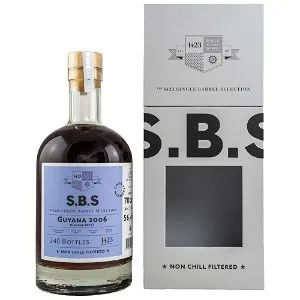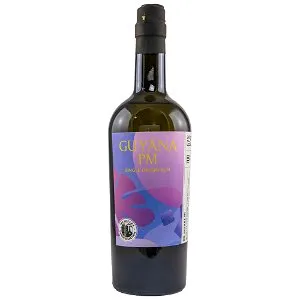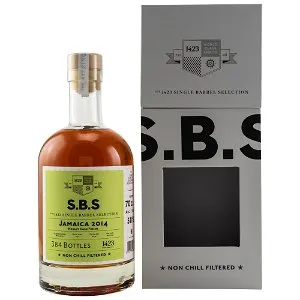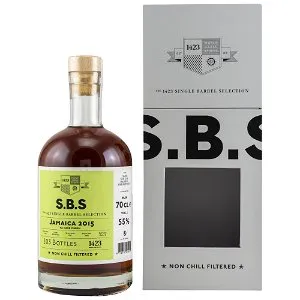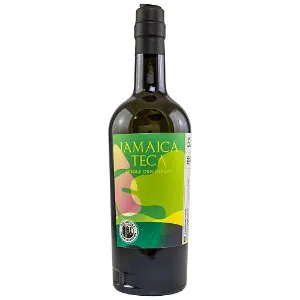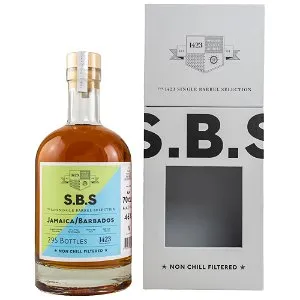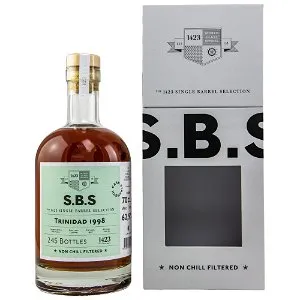Distilando's Rum Database
1423 Barbados 2000/2016 - 16 Year Old West Indies Distillery (S.B.S)
700ml | 54% | Barbados
View details1423 Dominican Republic 2007/2020 Madeira Finish (S.B.S)
700ml | 50% | Dominican Republic
View details1423 Dominican Republic Aroma Grande Single Origin Rum S.B.S. Origin Selection
700ml | 57% | Dominican Republic
View details1423 French Antilles Grand Arome Single Origin Rum S.B.S. Origin Selection
700ml | 57% | French Antilles
View detailsRum
Rum conveys the Caribbean way of life. From light, full-bodied aromas and dark notes, you will find something for every taste. Learn everything you need to know and browse through our database.
Background
Rum is a spirit made from 100% sugar cane products which is a distillate under 95% alcohol by volume (ABV) and then bottled at 37.5% abv or above. Anything less than 37.5% abv would be considered a rum liqueur.
Sugar cane products consist of raw sugar cane juice, white sugar, brown sugar, sugar cane syrup, and molasses. Moreover, the problematic side to rum production is that as soon as the cane is harvested, it begins to degrade through the fermentation of the natural sugars".
The origins of rum circle all around the Caribbean Islands, such as Cuba, Jamaica, Barbados, and Martinique. It was a result of the European greed for the 'white gold' - sugar. Molasses would have a huge influence throughout the history of the world as the majority of rums are produced using molasses. However, there are three main differences in how rum is produced, categorised by their colonial origins. These styles are French Rhum, British Rum, and Spanish Ron.
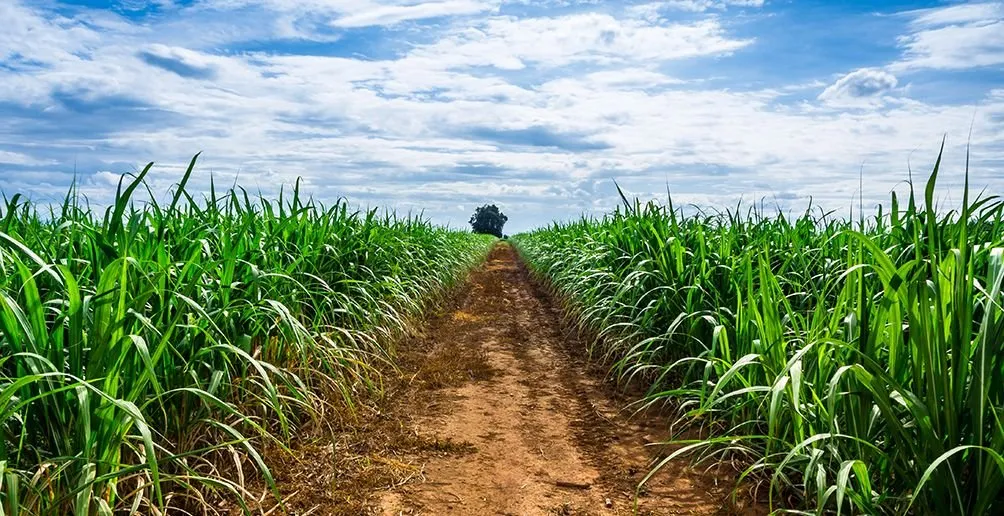
Style
French Rum - 'Rhum'
French rum or 'rhum' comes from former French colonies such as Martinique, Guadeloupe, Marie-Galante, Haiti, La Réunion. Rhum is produced primarily using juices from sugar cane. In this instance, it would be referred to as rhum agricole (agricultural rum). Rarer but not non-existent is French rum made from molasses, which is referred to as rum industriel (industrial rum).
French rhum in Martinique is also governed by the appellation d'origine contrôlée (AOC) which is a certification. This is a French protected designation of origin which protects the tradition of rhum production. AOC Rum is distilled at 70% abv before being bottled at between 40% - 55% abv. There are fourteen distilleries in Martinique with popular ones being Clement, Depaz, Saint James and J. Bally.
The aroma is rather fruity, flowery, grassy, elegant and oily.
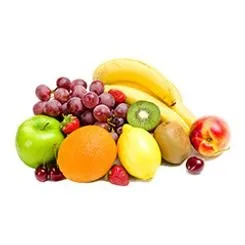


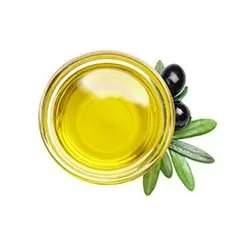
British Rum
British rum is from former British colonies such as Barbados, Jamaica, Guyana, Antigua, St. Lucia, Trinidad & Tobago. British style rum is produced from molasses with a strong, spicy, dark, lively, and full-bodied aroma. Rum produced in both Barbados and Jamaica is prohibited from the addition of sugar and other additives.
British style rum is perhaps the most popular throughout the world due to the reputable size of the brands and distilleries such as Appleton of Jamaica, Angostura of Trinidad & Tobago and Foursquare of Barbados.


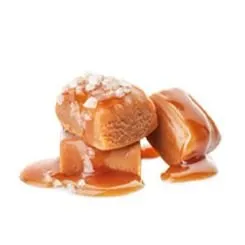
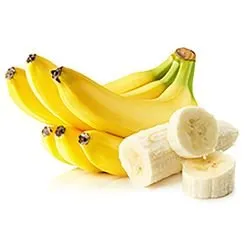
Spanish Rum - 'Ron'
Spanish rum or 'ron' is from former Spanish colonies such as Cuba, Guatemala, Venezuela and Puerto Rico. It is often made from molasses or cane syrup, and tends to have a light, full bodied, mild and round aroma, with flavours of dried fruits and nuts. Spanish rums do not have restrictions over the use of additives in their rums. More notable brands of Spanish style rum are Bacardi of Puerto Rico, Diplomatico of Venezuela, and Ron Zacapa of Guatemala.
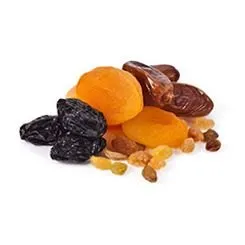


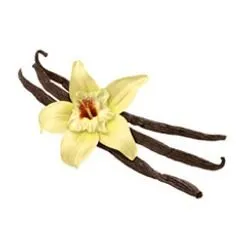
There is the fourth style of rum called ‘Cachaca’. Cachaca is a Brazilian style of rum which is produced from pure sugar cane juice. It is a light, sweet, and aromatic white rum thanks to the fresh sugarcane juice.
Nevertheless, this method of categorisation has inconsistencies. As producers begin to emancipate themselves from their colonial legacy, the classification is only applicable to a certain extent. Genoese rum enthusiast Luca Gargano of Velier S.p.A. in 2015 presented a more defined categorisation which moves towards the method of production for each rum:
Pure single rhum agricole: more ‘artisanal’ to express the flavours of the base product which could be juice, syrup or molasses.
Blended rhum: produced from distillates of both multi-column and pot stills from molasses.
Agricole and traditional rhum: produced in both single and multi-column stills, from juice, syrup or molasses.
Vatted rum: produced in large quantities in multi-column stills from syrup or molasses.
Production
The basic ingredient for rum is sugar cane. The different styles or categories of rum use different production methods. The production has long moved on from manual labour harvesting the cane with machetes to machines which can harvest the whole field in a quarter of the time.
As mentioned earlier, once sugar cane has been harvested, it begins to degrade quickly. Microorganisms and bacteria begin to metabolise and reduce the sugar. Rhum Neisson, for example, begins pressing their sugar cane no more than four hours after harvesting.
After harvesting, the sugar cane is first chopped, shredded and/or crushed. The sugar cane juice is then pressed out using rollers. This is typically diluted with spring water during pressing to extract as much sugar as possible from the fibres. This is where the different styles go their separate ways.
Fresh Sugar Cane Juice
Rum produced from sugar cane juice does not go through the sugar production process. It goes immediately into fermentation tanks where yeast is added. Fermentation takes between 24 and 72 hours. This results in a “sugar cane wine” ("vin de canne" or "vesou") which has an alcohol content of about 4.5-9% abv. The subsequent distillation is exclusively continuous on a single column. It is usually made of copper and divided by several plate bottoms. The resulting fine spirit is an aroma-rich, heavy distillate with an average ester content of 350-400 mg/litre. These esters determine the later taste and character of the rum. Rhum Agricole is the most common type of rum made from fresh sugar cane juice.
Rum From Sugar Cane Syrup
The syrup is found in the preliminary stage of the production of molasses. It is very rarely used today as the basic ingredient for rum production. The juice is boiled down in the same way and the crystallising foam is skimmed off as cane sugar. Today, this variant is only common in Guatemala, e.g., in the production of Ron Zacapa. The syrup has a slightly higher sugar content than the molasses.
Rum From Molasses
Molasses is often referred to as the by-product of sugar production. To obtain molasses, much of the sugar cane juice is industrially processed into cane sugar. The process of heating and crystallising is repeated until no more usable sugar can be dissolved. This leaves behind a dark, viscous material called molasses. This by-product is the starting point for most rums today as it is cheap, stable and can be stored and transported easily.
The molasses then go through further processing, where it is diluted with water from about 60% to 15% sugar content. Different distilleries have their own methods for this stage. Generally, this will take place in controlled environments over 72 hours. If natural fermentation is used, it can take up to two weeks. In this case, the outcome is usually uncertain, and the aroma can also have unwanted characteristics.
The distillation process also varies in different distilleries. Today, distillation in columns is common with the use of two-column and in multi-column apparatus. Stills also come in all shapes, sizes and materials. So-called retorts can also be used to strengthen and purify the alcohol as well as the aromas. This is unique and only occurs in rum production.
Light vs Dark Rum
No matter which of the three ingredients are used to produce rum, blending is a very common practice to achieve the desired flavour. It is also very common for the producer or trader to blend unaged white rum with aged rums. Similarly, it is conventional to blend light rum with heavy rum.
Light rum is lighter in flavour, body and aromas. It is achieved through a shorter, more controlled fermentation and distillled on multi-column stills to around 95% abv.
Agricole and traditional rhum: produced in both single and multi-column stills, from juice, syrup or molasses.
Heavy rum is usually produced by longer, more natural fermentation. This is conducted often with the addition of 'dunder', which is the collected residue from previous distillates. Distillation occurs in pot stills with retorts, creating a heavier, more aromatic distillate. Heavier rum also has a much higher quantity of 'esters'.
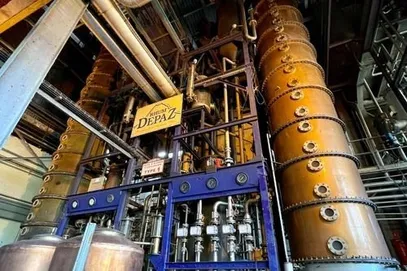
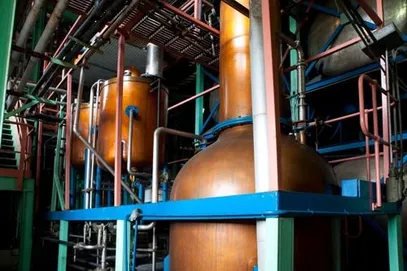
Flavoured Rums
Flavoured or spiced rum is flavoured with extracts such as vanilla, coconut, banana, lime, etc. Honey, sugar and/or glycerol are usually added to enhance their sweet flavours.
Recommendations
Caroni Rum was originated from Trinidad and operated by the government. Sadly the distillery closed down in 2002 following a 49% holding sale to Angostura. It has since been demolished. A small number of bottles of Caroni can still be bought, costing upwards of £200.
Angostura Legacy is the world's most expensive rum, coming in at $25,000 per bottle. Only 20 bottles will ever be released to celebrate the 50th anniversary of Trinidad's independence. It is a blend of Angostura's seven most precious rums.
Wray & Nephew is Jamaica in a glass.
Hampden Estate is known for being produced with a high quantity of esters. Hampden’s overproof, pure single Jamaican rum is a must-try for any rum enthusiast.
Havana Club 'Maximo' is the ultimate expression of Cuban rum, with only 1000 bottles produced annually. It is handcrafted by blending the best and oldest rum reserves in the Havana Club Cellar.
Bacardi Grann Reserva Limitada is a blend of scarce rum stocks Bacardi holds. It has a complex flavour profile with a dry vanilla palate with fruity notes.
Clement Cuvee Speciale X.O. is a rare blend of very old aged rums including the highly regarded vintages of 1976, 1970 and 1952. These have been recognised to be the finest rums ever in Martinique.
History
The story of how rum came to where it is today is not a simple rise in popularity. It is enriched and entangled in eras of the world's history.
The first Rum drink is believed to have been produced in 350BC in India. However, at this time it was used for medicinal purposes.
Dating back to the 1400s when explorers were establishing trade routes, the term 'white gold' was often used to refer to sugar. It was one of the most common products which passed through the trade routes. The European greed for sugar, amongst other products such as spices, became a currency of the East India Company.
Islands became the best location to grow sugar cane due to their access to water. However, the manpower in which to grow the sugarcane led to the dark history of rum. The struggles for manpower to harvest the sugarcane was met by the introduction of the slave trade. The African slavers accepted many forms of payment, alcohol being one of them. Wine, beers, and mead did not fare well on long journeys across the seas as rum. However, at this time, rum did not gain its current name.
The first historical mention of 'rum' comes from the early 1600s. Explorer Richard Legon brought sugar cane and distillation expertise to Barbados from Brazil, as well as equipment and slaves. Within a decade, the sugar barons of Barbados were the richest in the world. Being such strong spirits, they earned the name ‘Kill Devil’ for their adverse effects. It is also rumoured that this was later referred to as 'rumbullion' or ‘rumbustion’ meaning upheaval or violent commotion. Eventually, this would be shortened to the modern-day rum.
New England colonists landed with dreams of rewards coming from their new land. However, the climate did not favour their ambitions. The import of beer from England was sparse and raised frustration, to which the Caribbean islands came to their rescue with rum. Rum was also cheaper to import due to the shorter trade route. It quickly became the favoured drink in New England so much so that by the turn of the century into the 1700s, hundreds of distilleries had opened up. As a result, the importation of molasses began.

Rum was heavily involved in the slave trade. Slave traders of Africa would accept the payment of rum in return for slaves. Slaves were traded to islands in the West Indies for molasses. Molasses was then taken to New England to produce rum. As the demand for rum increased, so did the demand for molasses and slaves to produce the rum.
The popularity of rum withstood the sugar tax of 1764 where the importation of molasses from French and Dutch colonised islands was levied. The increasing number of Irish and Scottish immigrants arriving in the newly named USA had no experience in the distillation of molasses. They proceeded to reside in the middle states of America where grain grew. With their knowledge of grain distillation, the production of whiskey started. Whiskey became the favoured beverage within the USA, closing down many rum distilleries.

In 1811, France began to make sugar from sugar beets, which drove the prices of sugar cane down. The sugar factories in the French Caribbean islands could not survive on the production of sugar alone. It was followed by years of depression. In 1887, Homere Clement of Martinique began to produce Rhum from sugar cane harvested from his 73-hectare plantation. This was the birth of the French Rhum Agricole, earning the nickname ‘Godfather’ of Rhum Agricole.
